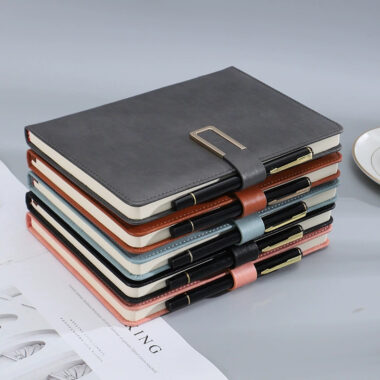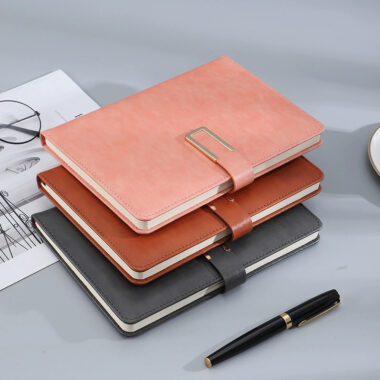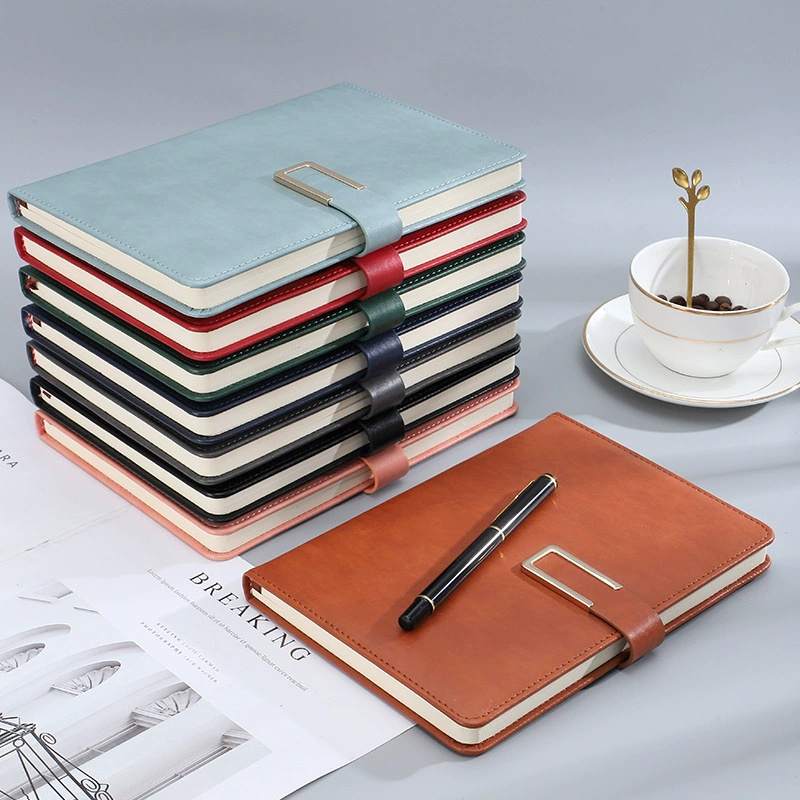Hardcover vs Softcover: How Buyers Choose for Retail and Corporate
Introduction
When sourcing notebooks for retail chains or corporate clients, one of the most fundamental decisions lies in choosing between hardcover and softcover formats. Each option carries unique benefits in terms of durability, aesthetics, branding, and cost-efficiency. Understanding these differences can help purchasing managers, stationery retailers, and corporate buyers make informed decisions that align with market demand and brand identity.
Durability and Protection
Hardcover notebooks are synonymous with strength and protection. Their rigid casing ensures pages remain intact, even with frequent handling, making them a favorite for premium product lines or corporate gifts. Softcover notebooks, on the other hand, are more flexible and lightweight, appealing to students, travelers, or budget-conscious buyers.
For retailers, hardcover notebooks can justify a higher price point, while softcover options allow for larger volume sales. Companies working with a Leather Notebook Supplier often favor hardcovers for executive gifts, as the leather-bound finish elevates brand perception.
Weight and Portability
Softcover notebooks are lighter and easier to carry, an essential feature for professionals or students constantly on the move. In contrast, hardcovers are bulkier but deliver a sense of premium quality and long-term value. Buyers targeting corporate training sessions or workshops may lean toward softcover notebooks for easy distribution, while luxury stationery stores tend to stock hardcovers to enhance shelf presence.
Branding Opportunities
Both formats offer excellent customization possibilities. Hardcovers are ideal for debossing, foil stamping, or UV printing, while softcovers adapt better to flexible designs and modern printing technologies. Customization not only strengthens branding but also increases resale value. Working with a Notebook Supplier who offers a wide variety of binding and finishing options ensures flexibility to serve different markets.
Cost Considerations
Softcover notebooks generally come with a lower unit cost due to their simpler construction. This makes them a strong option for mass retail distribution or promotional giveaways. Hardcovers, while more expensive, command higher retail prices and often appeal to buyers seeking longevity and premium aesthetics.
For corporate clients, the decision often balances budget with brand positioning—luxury firms may opt for hardcover notebooks with elegant finishes, while startups may choose softcover designs that are cost-effective yet professional.
Market Positioning
-
Retail: Softcovers dominate fast-moving stationery aisles, while hardcovers serve the premium segment.
-
Corporate: Hardcovers are selected for client gifts, employee onboarding kits, and boardroom use. Softcovers remain a practical choice for training programs or branded giveaways at trade shows.
Conclusion
Choosing between hardcover and softcover notebooks requires balancing durability, cost, and branding goals. Buyers who align format with target audience needs can maximize both sales performance and brand impact. By partnering with an experienced Notebook Supplier, businesses gain access to flexible customization, premium materials, and bulk-order efficiencies that make both hardcover and softcover notebooks strong investments for retail and corporate markets.















